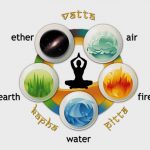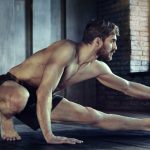Dog Face Down also known as Adho Mukha Svanasana in Sanskrit, is a time-honored yoga posture with a rich history spanning centuries. It stands as one of the most iconic and advantageous yoga poses, offering a comprehensive stretch and fortifying the arms, shoulders, and legs. In the following article, we will delve into the advantages of Downward-Facing dogs and provide you with guidance on executing this pose correctly.
What is a Facing Dog Down?
Downward-Facing Dog is a yoga posture that entails balancing on both hands and feet, forming an inverted V-shape with the body. This position offers a stretching effect on the hamstrings, calves, and arches of the feet, simultaneously providing strength to the arms, shoulders, and back. Additionally, it is renowned for its ability to promote mental tranquility and alleviate stress.
Benefits of Dog Face Down
Enhances Upper Body Strength
Downward-Facing Dog serves as an exceptional means of fortifying your upper body, specifically targeting your arms, shoulders, and upper back. By supporting your body weight on your hands, you gradually boost arm and shoulder strength.
Alleviates Hamstring and Calf Tightness
Prolonged periods of sitting can lead to tight and less flexible hamstrings and calves. Engaging in Downward-Facing Dog offers a profound stretch for these muscle groups, fostering enhanced flexibility and expanded range of motion.
Fosters Better Posture
Notably, Downward-Facing Dog contributes to posture improvement. This pose elongates the spine and aids in neck elongation, alleviating tension and discomfort in the neck and back.
Soothes the Mind
Downward-Facing Dog stands as an effective technique for calming the mind and alleviating stress. Executing the pose demands attentiveness and concentration, fostering mental clarity and facilitating relaxation.
How to Execute Downward-Facing Dog
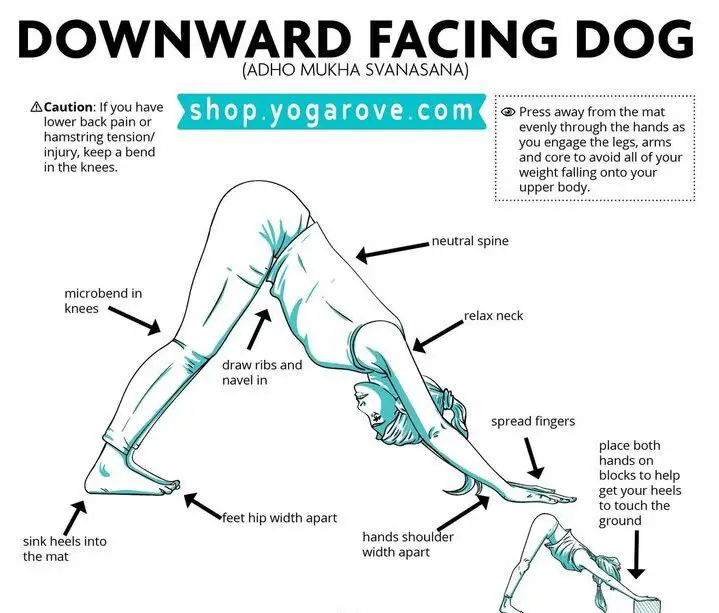
Dog Facing -Down to Perform
- Start in a hands-and-knees position, with your hands positioned just slightly in front of your shoulders and your knees aligned beneath your hips.
- Widen your fingers and establish a firm connection between your hands and the mat.
- Exhale as you gently elevate your knees from the ground, maintaining a slight bend in them.
- Push your heels downward, striving to extend your legs without locking your knees.
- Elevate your sitting bones toward the ceiling, creating an elongation along your spine.
- Glide your shoulder blades in a downward direction along your back and direct your chest towards your thighs.
- Maintain this pose for a duration of 5 to 10 breaths. Subsequently, exhale and return to the hands-and-knees starting position.
Guidelines for Proper Alignment in Downward-Facing Dog
Maintain Hip-Width Foot Placement
Ensure your feet are positioned hip-width apart to distribute your weight evenly and maintain stability in the pose.
Emphasize Hand and Finger Engagement
Press your hands firmly into the mat while spreading your fingers wide. This practice promotes even weight distribution and reduces strain on the wrists.
Lower Your Shoulder Blades
Gently draw your shoulder blades downward and away from your ears. This action expands the chest and creates more space in your shoulders.
Extend Your Spine
Concentrate on elongating your spine as much as possible during Downward-Facing Dog. This action intensifies the stretch in your hamstrings and calves while generating additional room in your lower back.
Modifications and Variations of Downward-Facing Dog
Puppy Pose
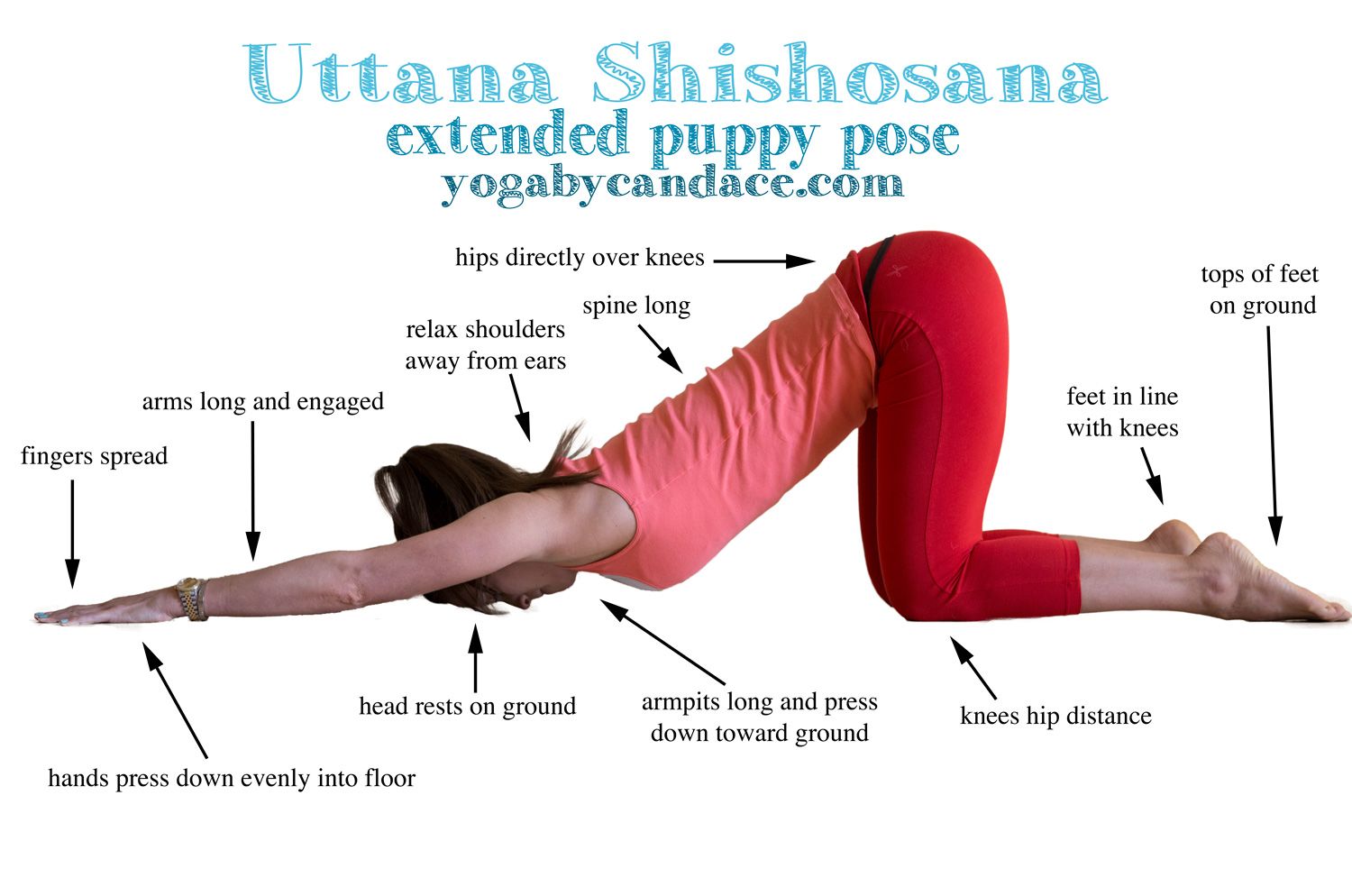
For those who perceive Downward-Facing Dogs as too demanding, an alternative is the Puppy Pose. Begin in a hands-and-knees position, then gradually shift your hands forward while maintaining hip alignment over your knees. Lower your chest to the ground and let your forehead rest. This pose delivers a mild spinal and shoulder stretch, accompanied by a soothing effect on the mind.
Three-Legged Downward-Facing Dog
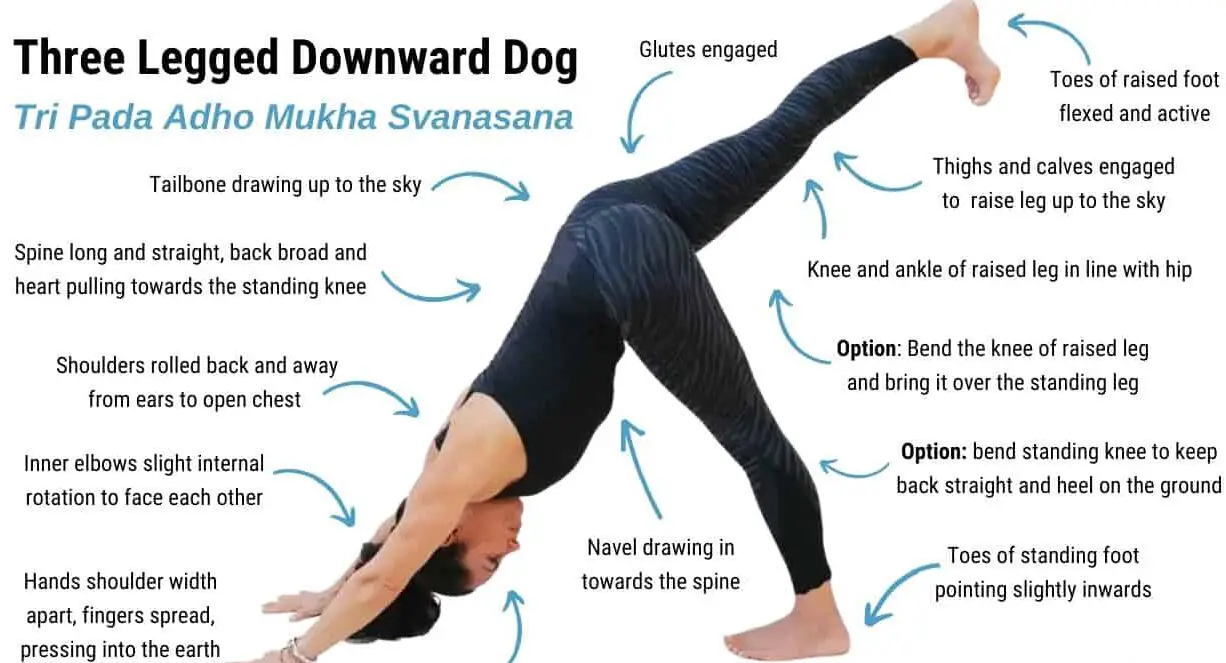
Precautions and Limitations
Though Facing Dog-Down offers numerous advantages and is generally safe for most individuals, there are specific precautions to consider:
Wrist Discomfort: In cases of wrist discomfort, you can adapt the pose by placing a wedge or a rolled-up blanket under your wrists for added support.
High Blood Pressure: Individuals with high blood pressure should exercise caution when exiting the pose. Taking a few breaths in the Child’s Pose before transitioning back to a seated position is advisable.
Pregnancy: Expectant individuals should be attentive to their abdominal area to prevent compression. To modify the pose, one can place their hands on a chair or against a wall.
In Conclusion
Downward-Facing Dog stands as a potent yoga posture capable of enhancing both physical strength and flexibility while promoting mental serenity. By regularly incorporating this pose into your practice with proper alignment, you can enjoy the multitude of benefits it offers. Always listen to your body, make necessary pose adjustments, and consult a medical professional before commencing any new exercise regimen.


















